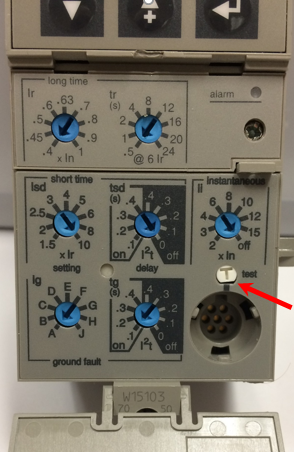Hi,
When using an adjustable circuit breaker e.g. current rating adjustable between 15 and 36Amps. What value do you use for rated current in the prospective short circuit fault current calculation, I.e. do you use the maximum current setting (36A) or the actual current setting used in operation, (e.g. 20A).
In the example given above this can make a large difference to the maximum length of cabling that can be used and still ensure instantaneous tripping of the CB.
Also if the actual current setting is used in the calculation, where does responsibility lie if someone adjusts the setting to the maximum, which could mean that the prospective short circuit fault current is no longer enough to guarantee instantaneous tripping, which could in turn lead to a fire risk? Is that foreseeable misuse?
any help or suggestions appreciated.
thanks.

